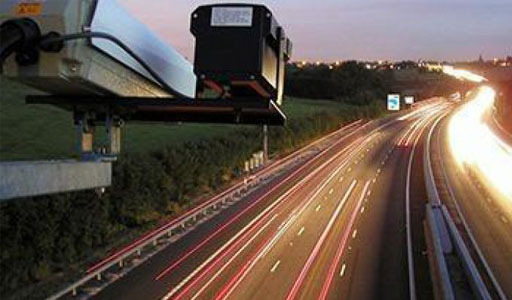
PlateSmart Technologies has introduced PlateSmart ARES 2.6.0. This latest version of the award-winning LPR software provides customers with more actionable vehicle data, even better accuracy, and more robust performance.
PlateSmart ARES has always been built upon AI and machine learning ? technology that allows it to read the license plate as well as the state jurisdiction and vehicle make.
Thanks to the latest deep learning technology, PlateSmart ARES can now identify vehicle color and will soon be able to address vehicle orientation (front, rear or side) and type. That gives customers more actionable vehicle data.
?This latest version of PlateSmart ARES takes the software-only approach to LPR that we initially made possible and makes it even better,? said John Chigos, CEO, PlateSmart Technologies.
?The most advanced deep learning technology gives users even more actionable vehicle data. Performance has been enhanced, installation and configuration is a breeze, and there are features that improve accuracy.
From a performance perspective, the new version of PlateSmart ARES also excels. New functionality is designed to minimize any burden on the PlateSmart LPR processor or the CPU.
For example, users can specify particular regions of the video frame for the software to look for the plate while masking others, freeing up precious CPU capacity.
?Looking at the entire frame for a plate is something PlateSmart ARES can do ? it doesn?t require the plate to be in a ?sweet spot?, per se,? Chigos said.
?But that can tax the CPU in some applications. Frame regions allow users to tell ARES exactly where to look for plates. Frame masks can be used to tell the software to never look for plates in certain areas of the frame. And motion triggers tell ARES to only look for plates when motion is detected.They can be mixed and matched, working together to minimize any strain on the CPU and enhancing performance.?
PlateSmart ARES 2.6.0 improves accuracy by addressing some especially hard-to-read plates ? those captured at an angle. Technology called Perspective Correction allows users to instruct the software to take plate images captured at up to 45 degrees and essentially straighten them so they can be more easily ?and accurately? read.
?I?ve been keen to add functionality to ARES that addresses challenges in real-world situations ? what I like to call ?in the wild,? Chigos said.
?A lot of LPR companies make accuracy claims based upon reading perfectly straight, well-lit plate images in a controlled environment. I think that?s very misleading, since license plates in the real world are rarely so pristine.
Perspective Correction takes hard-to-read plates ?in the wild? and digitally corrects them so they can be read more reliably. That?s how accuracy should be addressed ? with technology that speaks to plate reads in real-world conditions.?
The new version of PlateSmart ARES can work with existing components such as PlateSmart ARES Viewer and Reporter or can be used as a standalone tool. The latter approach uses web API for metadata publication, supporting industry standards such as HTTP, SSL, JSON, XML, Messagepack and OAuth.
PlateSmart ARES 2.6.0. can be configured and administered via an all-new, browser-based user interface that makes setup and camera configuration a breeze.
Those interested in seeing a live demonstration of PlateSmart ARES 2.6.0 are encouraged to visit www.platesmart.com/platesmart-ares-lpr to request a demo.
PlateSmart Technologies developed the original software-only license plate recognition (LPR) solution, PlateSmart ARES, which is compatible with virtually all video management systems (VMS) and IP cameras.
Source: platesmart.com
